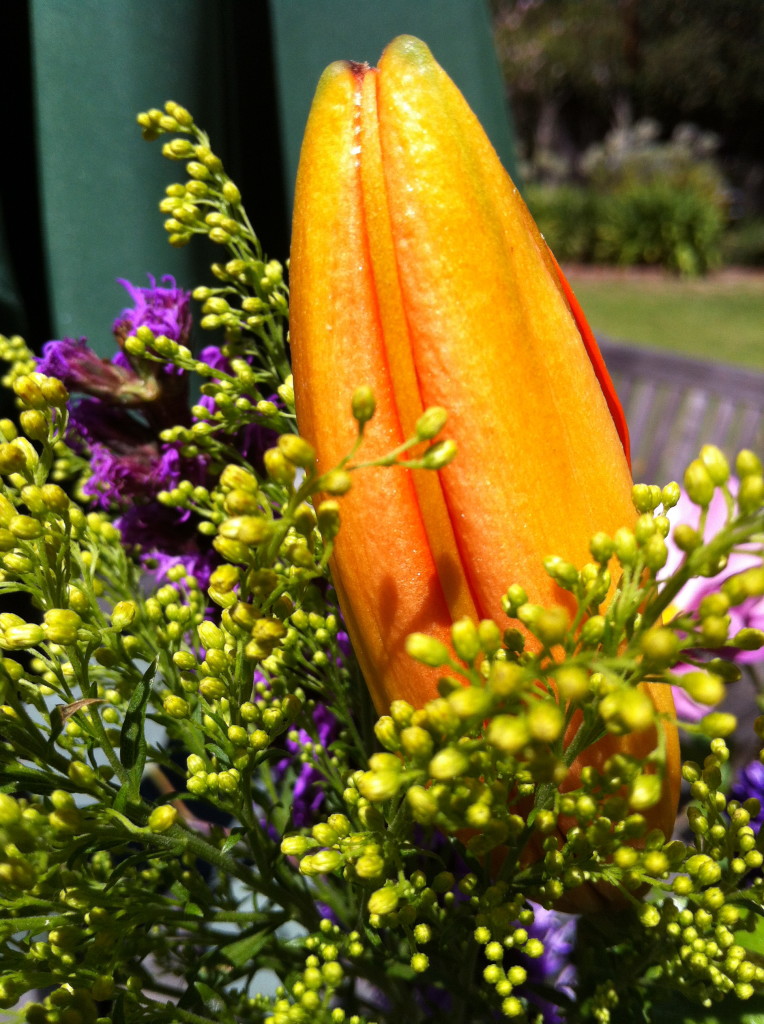
I was recently listening to Sherman Alexie read and discuss a Jessamyn West story on the New Yorker fiction podcast. When Deborah Treisman, the fiction editor of The New Yorker, asked Alexie if the story had a subtext or was really as simple as it seemed, he said that it definitely had a subtext; in a way, he said, the story was a ceremony, a ceremony about different approaches to grief.
His use of the term “ceremony” caught me. As an Indian (a term he embraces despite its inaccurate origins), Alexie brings a particular context and history to the word “ceremony,” and I loved seeing him apply it to the story. It brought a richness and depth to the discussion, and an original frame through which to examine how the story functioned.
Since this is a time of year when many different holidays across a variety of traditions, religious, national, pagan and otherwise, take place, I thought we might take a page out of Alexie’s book and see how our various traditions might be used at frameworks for understanding or even creating stories.
In my family, we celebrated Thanksgiving with a great deal of irony. My father liked to say, the Pilgrims came to America and were starving to death. The Indians taught them how to grow corn, and the Pilgrims thanked God (rather than the Indians).
My college roommate’s family’s Thanksgiving motto was: Why be full when you can be uncomfortable? And there is something strange about gorging oneself as a way to express gratitude . . .
What are your holiday stories and traditions?
And what has this to do with writing? Just a chance to look at stories through new frames. As a feast. As a festival of lights. As a jumble of expectations, choices, disappointments and revelations . . . ordered by course . . . much like a family Thanksgiving . . .
Could you structure a piece of writing through the frame of a holiday?
The Book Writing World wishes you a happy holiday—and remember, the crazier your family, the more material you have to write about . . .
Warmly,
Elizabeth
